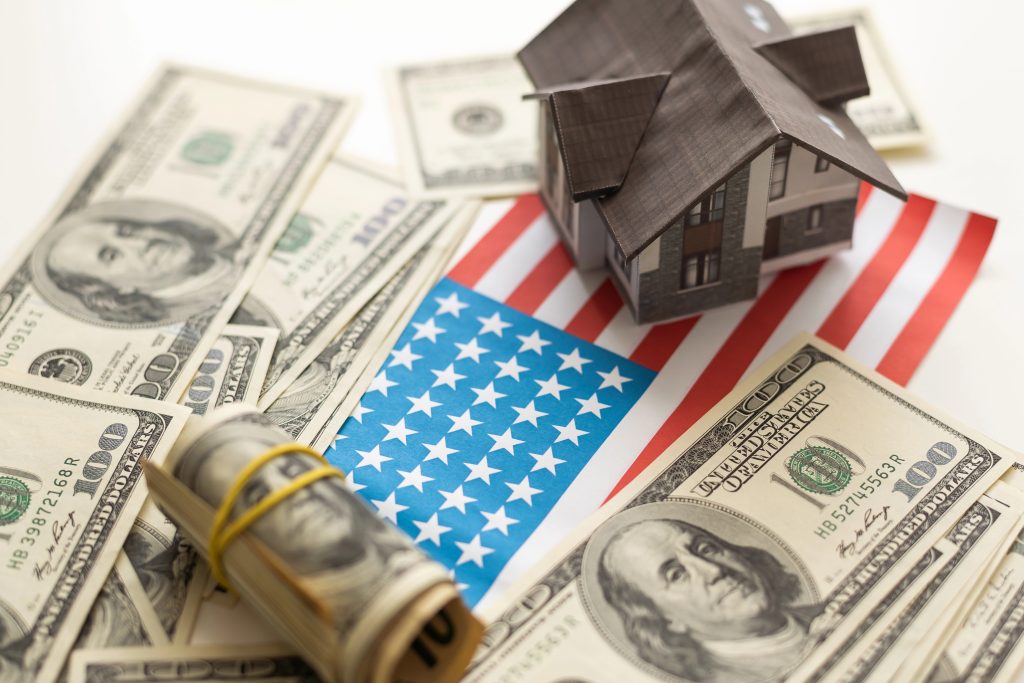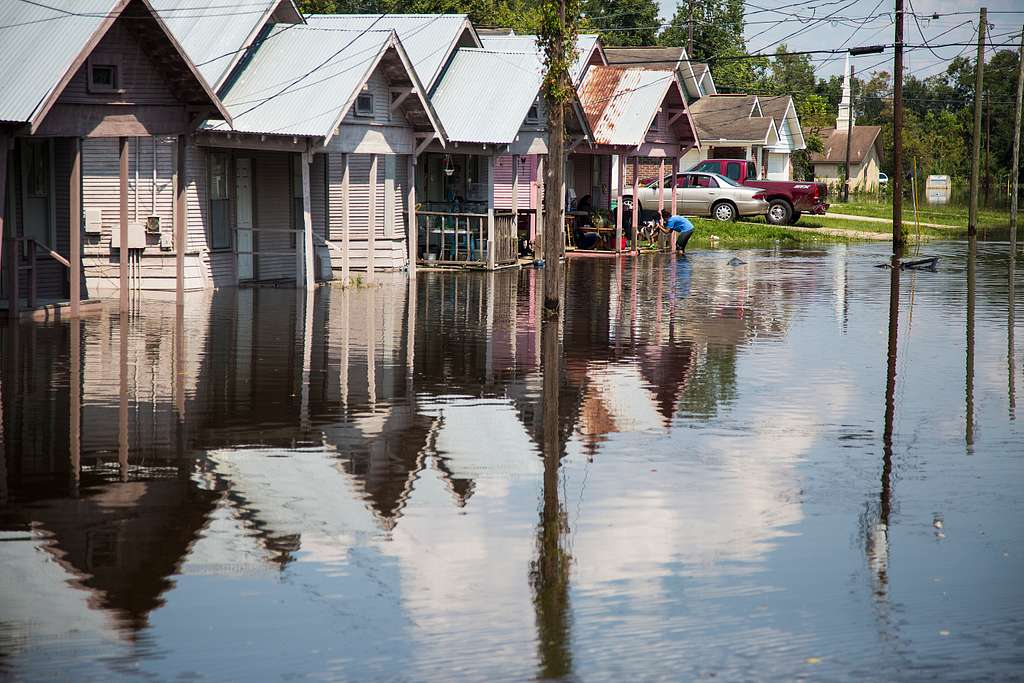
Imagine that hard work no longer equated to a good life. For generations, the American Dream promised that aspiration and hard work would buy security, comfort, and mobility. But for too many, that dream has become an ever-receding horizon one always moving further away, regardless of how much they’re “doing all the right things.”
The gap between what individuals earn and what they need to afford to live a safe, meaningful life has never been wider. From drowning in student loan debt to housing costs out of reach, structural shifts are redefining the parameters of what is possible for the average household. And for all the complexity in the problems, understanding them is the start of imagining a merit-based dream that aligns with the conditions of the present.
Here’s a closer look at the biggest drivers making the traditional American Dream more unaffordable and why it’s not just an issue of personal choice, but of the systems we all live in.

1. Wages Stuck in Neutral
With record worker productivity on their resumes, paychecks for the average American have barely budged in real terms since the 1970s. It has been estimated by the Economic Policy Institute that the middle class would have received approximately $18,000 in 2007 if increases in wages kept pace with overall economic growth. This shortfall suggests increasing cost of living devours flat earnings and little can be saved or invested. As LISEP Chairman Gene Ludwig put it to CBS MoneyWatch, “The middle class has been declining we just haven’t recognized it fully.” Without broad raises in wages, the steps of upward mobility are absent from the ladder.

2. The Skyrocketing Cost of Just Being
Housing, healthcare, childcare, and education costs have risen much more rapidly than incomes for most of the country. Over 90% of Americans reside in counties where home prices and median rents have increased more than median earnings since 2000. In 2023, a majority of all renters were cost-burdened, paying more than 30% of their income towards housing. This tightens the budget, compelling families to reduce necessities, postpone milestones, or accumulate debt in order to remain solvent.

3. Student Loan as a Life Delay Switch
Total US student loan debt has risen to $1.6 trillion more than double 2008 levels. Almost half of all new borrowing now targets graduate students, and repayment comes with a wait measured in decades. Student debt, the Federal Reserve says, is a driver of reduced homeownership rates among young adults, and it is also a delaying factor for marriage, family building, and retirement savings, studies indicate. To some, the diploma that held out hope of opportunity becomes a money weight.

4. Home ownership becoming unsustainable
The median price of the current single-family home was $412,500 in 2024 about five times the median family income. It costs $126,700 annually for first-time buyers today to buy an average-priced home with taxes and insurance, but just 6 million of the nation’s 46 million renters earn that kind of wage. With private equity firms buying up housing stock, competition forces people into high-rental situations with no chance to build equity.

5. Healthcare Costs That Can Ruin Budgets
The U.S. has the globe’s most expensive medical care, and even insured families shell out hefty premiums, deductibles, and copayments. In a 2025 KFF survey, 36% of adults deferred or forwent necessary care last year because of cost, and 18% said they saw their health decline as a consequence. Medical debt is still a top reason for single-person bankruptcy, worst among low-income and minority communities.

6. Historical Highs in Inequality
The richest 1% of income earners now own over 50% of all U.S. stock and mutual funds, while the bottom 50% of the people have less than 4% of assets. The racial wealth gap is astounding the typical Black household owns only 15.5% of the wealth owned by the typical white household. As the wealth gets more concentrated, the opportunities like quality education, safe housing, and political clout also get more concentrated, leading to a self-perpetuating cycle.

7. Retirement Security Shaky at Best
Pensions are replaced with 401(k)-style programs, transferring investment risk to the worker. The Social Security Trust Fund will become depleted in 2033, necessitating a potential 21% benefit cut if Congress acts not at all. Most Americans (79%) acknowledge that the nation has a retirement crisis, and 55% worry they won’t be financially prepared in retirement.

8. Taxes That Don’t Feel Fair
Technicalities in the tax code enable families with the same incomes to have wildly varying bills. Loopholes favor some combinations of income, like capital gains, over wages, and successful individuals to be able to access deductions and reclassifications not available to most. Closing these loopholes would raise an additional estimated $560 billion in 2026 revenue, but political will to make it happen is lacking.

9. Climbing Climate and Disaster Expenses
Climate catastrophes are becoming more frequent and costly, impacting 20% of Americans financially in 2024. Household budgets are affected through loss of property, income forgone, and higher insurance payments especially in vulnerable areas. Climate risks, the Treasury determines, have the dual ability to physically devalue assets and financially undermine resilience, creating yet another unknown variable for economic stability.
The American Dream isn’t, technically, dying but it’s evolving in ways that demand personal resilience along with institutional change. Admitting that those challenges are structural, not personal, relaxes the potential for smarter policies and civic imagination. By confronting wage growth, affordability, inequality, and climate resilience directly, there remains a path to a dream that isn’t about chasing yesterdays, but building a better tomorrow.


